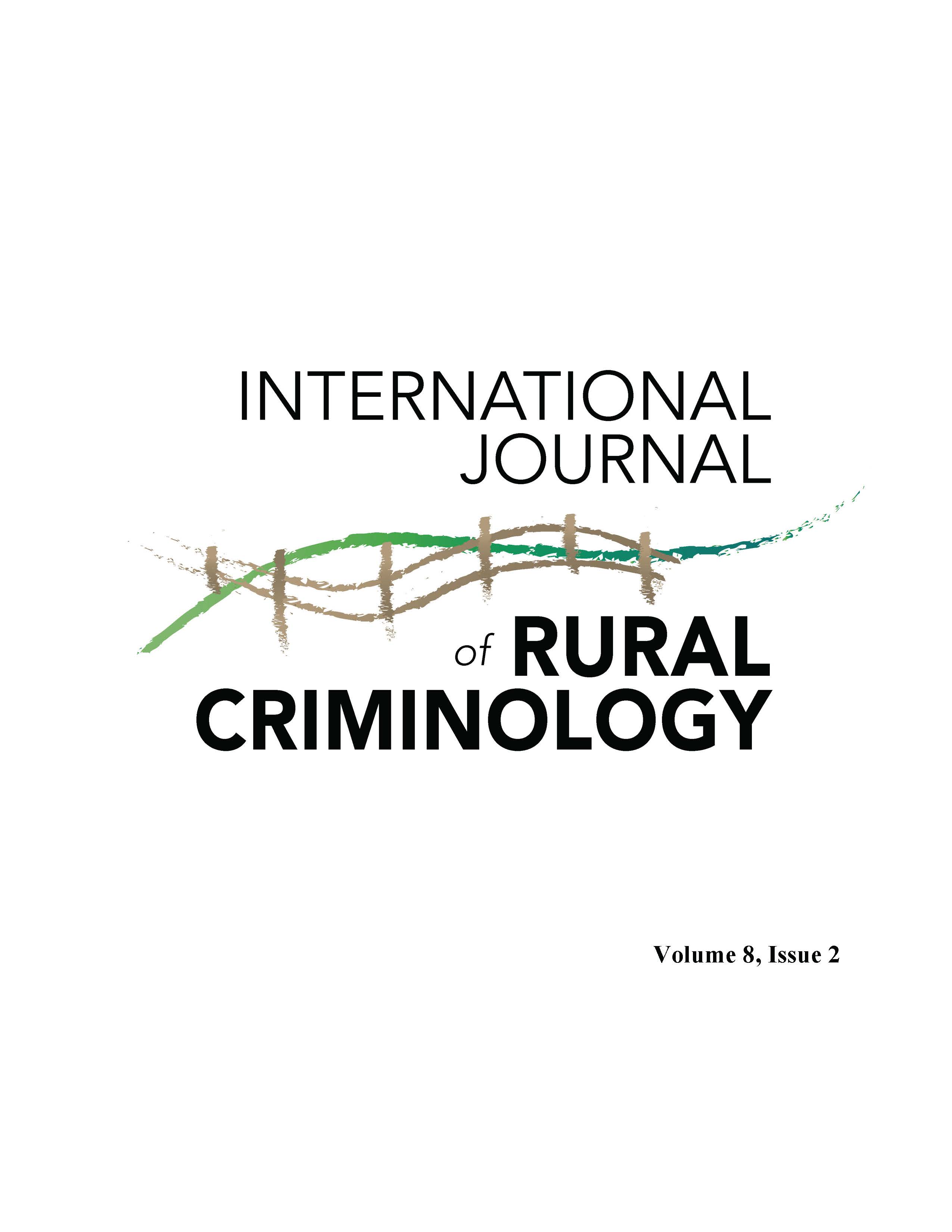A Nineteenth Century Rural Crime in Western Queensland?
DOI:
https://doi.org/10.18061/ijrc.v8i2.9787Keywords:
Australia, rural crime, Waltzing Matilda, allegory, Australian historyAbstract
In August 1895, Andrew Barton “Banjo” Paterson was visiting his fiancée at Dagworth Station near Winton in western Queensland, Australia, when he was moved to write a bush ballad that became more prominent than even he might have expected. The question arises as to what was or were the circumstances or events that stimulated the creative mind of Paterson to write such a spirited ballad. A rural crime was certainly committed down by the billabong in the ballad, but there were real events playing out throughout the western sheep grazing country of Queensland at that time and had been for some years. This research note argues that, in identifying crimes, we can observe a dichotomy of opposites with some boundaries being contained, while others are large and fluid. Each have a particular fragility as well as a strength. Contained boundaries have a placement that has strength, but vulnerability to encroachment by powerful forces: the need to protect is ever present. It is also argued that this ballad, which contextualises a rural crime, serves as an allegory symbolising a sense of injustice, of resistance against injustice and excessive use of power.
Downloads
Published
How to Cite
Issue
Section
License
Copyright (c) 2024 Graham McBride

This work is licensed under a Creative Commons Attribution-NoDerivatives 4.0 International License.


